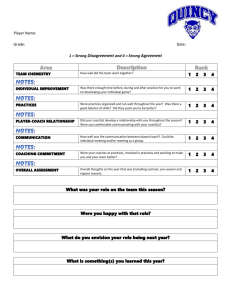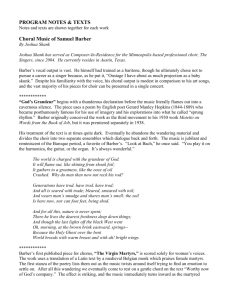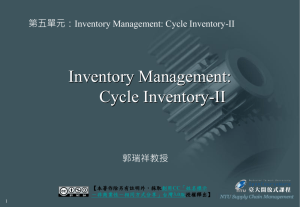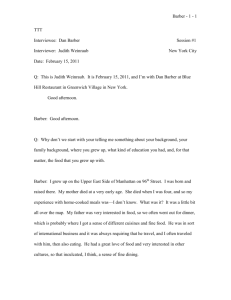YAHOO! FINANCE
advertisement
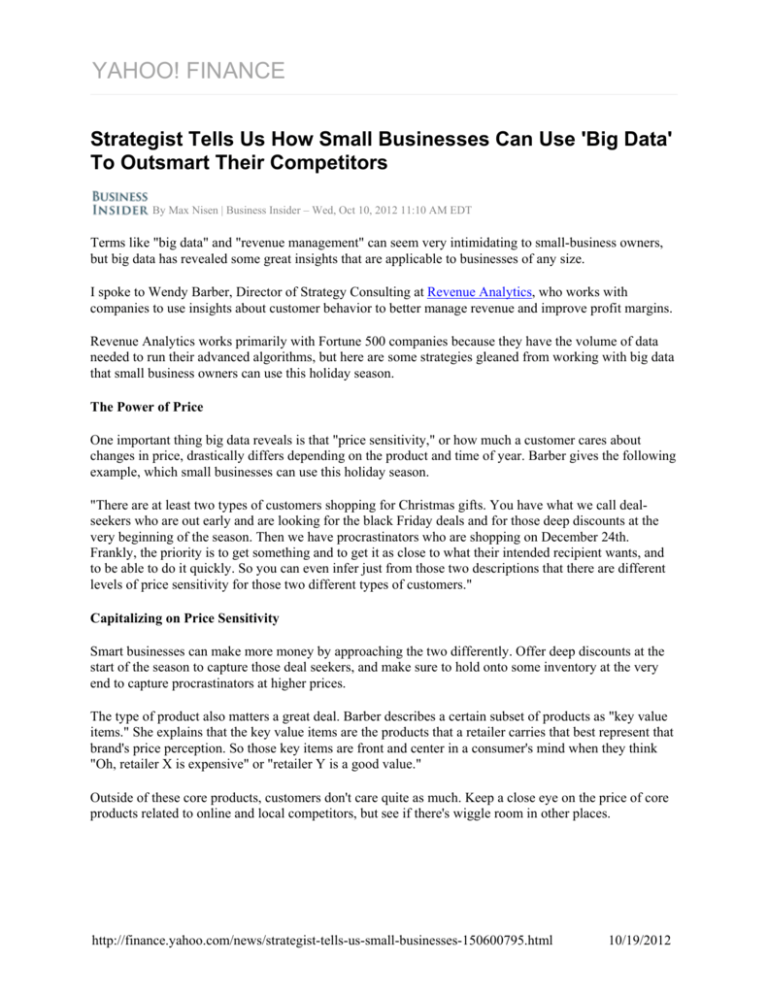
YAHOO! FINANCE Strategist Tells Us How Small Businesses Can Use 'Big Data' To Outsmart Their Competitors By Max Nisen | Business Insider – Wed, Oct 10, 2012 11:10 AM EDT Terms like "big data" and "revenue management" can seem very intimidating to small-business owners, but big data has revealed some great insights that are applicable to businesses of any size. I spoke to Wendy Barber, Director of Strategy Consulting at Revenue Analytics, who works with companies to use insights about customer behavior to better manage revenue and improve profit margins. Revenue Analytics works primarily with Fortune 500 companies because they have the volume of data needed to run their advanced algorithms, but here are some strategies gleaned from working with big data that small business owners can use this holiday season. The Power of Price One important thing big data reveals is that "price sensitivity," or how much a customer cares about changes in price, drastically differs depending on the product and time of year. Barber gives the following example, which small businesses can use this holiday season. "There are at least two types of customers shopping for Christmas gifts. You have what we call dealseekers who are out early and are looking for the black Friday deals and for those deep discounts at the very beginning of the season. Then we have procrastinators who are shopping on December 24th. Frankly, the priority is to get something and to get it as close to what their intended recipient wants, and to be able to do it quickly. So you can even infer just from those two descriptions that there are different levels of price sensitivity for those two different types of customers." Capitalizing on Price Sensitivity Smart businesses can make more money by approaching the two differently. Offer deep discounts at the start of the season to capture those deal seekers, and make sure to hold onto some inventory at the very end to capture procrastinators at higher prices. The type of product also matters a great deal. Barber describes a certain subset of products as "key value items." She explains that the key value items are the products that a retailer carries that best represent that brand's price perception. So those key items are front and center in a consumer's mind when they think "Oh, retailer X is expensive" or "retailer Y is a good value." Outside of these core products, customers don't care quite as much. Keep a close eye on the price of core products related to online and local competitors, but see if there's wiggle room in other places. http://finance.yahoo.com/news/strategist-tells-us-small-businesses-150600795.html 10/19/2012


